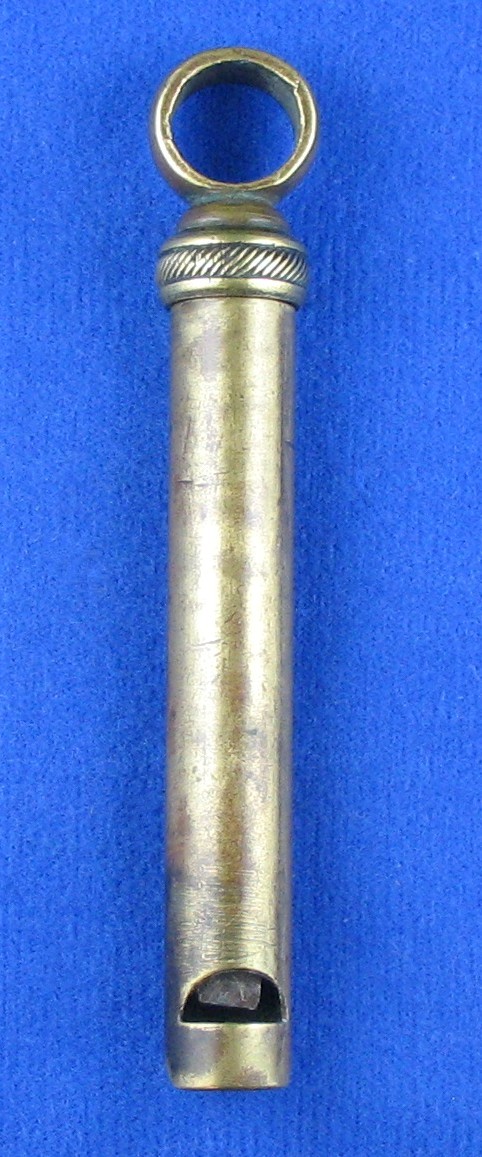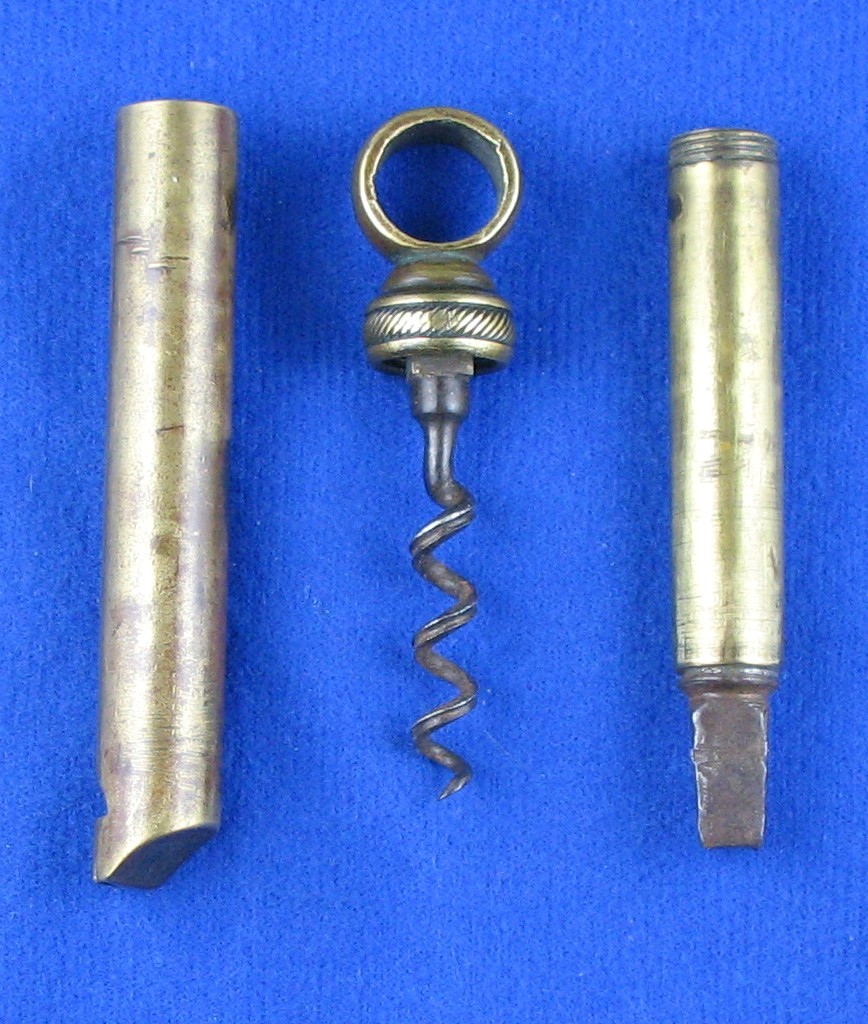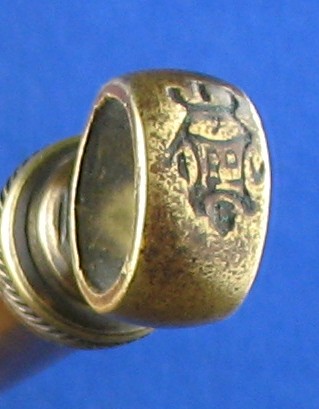Spotlight > Specific Manufacturer > United Kingdom > Hudson > 066
Dating whistles before the 1880s is always precarious at best. Records are scanty. Recently an E. Book came out – Birmingham’s Industrial Age 1900-2000 by R.M. Shill that has unearthed some helpful details in regard to Hudson whistles in his earliest years. Accordingly the nebulous time preceding the so far published beginnings of the Hudson Whistle Company presently at 244 Barr Street can now be traced backwards to its earlier roots with more accuracy and bibliography. Shill’s book is a tremendous asset and should be a must for serious students of whistles. Not only is the specific article on whistles enlightening, but peripheral articles are very helpful too ( i.e.Guant etc.) . Excellent bibliography is cited in the back for verification.
Shill reports that Joseph Hudson left the employment of Bent and Parker to start working, perhaps taking orders from established shops as an outworker making military ornaments ( which would logically include whistles as at Bent and Parker ). He marries in 1871 that same year as his move. His first and furthest recorded addresses in Birmingham UK:
1871-1874 – 7 House, Court 3, Bell Barn Road
1874-1882 – 17 St. Mark’s Cottages, St Mark Street
1882-1884 – 84 Buckingham Street
1884-1888 – 131 Barr Street
1888-1909 – 11 & 13 Barr street
1909-to present 244 Barr Street
No date is given as to when James Hudson his brother joins him. Whether they worked on early projects right away or joined at a later date is uncertain. However they did register together a combination whistle corkscrew in 1876. Interestingly the address is filed for No. 5 St. Mark’s Cottages instead of 17 St. Mark’s Street.
In any event, with these needed updates, below are pictured Joseph and James whistle from 1876 and this link to a publication validating that registration:
http://www.docslides.com/olivia-moreira/ii-corkscrews-british-registered
Its size is almost 4 inches ( 100mm ) when contained. The outer sheaf is unattached and slips smoothly over the brass shaft and the carriage key tip made of iron, as is also the worm of the corkscrew.
Interesting is that the whistle does not work when inserted all the way. Yet when pulled back and forth it can be used as a sliding whistle. Then the slip over whistle shaft can be inserted as a handle for the carriage key.
Lastly the milled ring around the top is unscrewed to allow the next shaft to be removed exposing the worm. Three pieces that all slip together. So the results are that the key and worm screw together but the whistle shaft is a slightly loose fit and could fall away.
The lozenge is very clear and by using the link below we find.
( http://www.ascasonline.org/articolo35.html )
Rd stamped in the middle of the lozenge
V on the right side of the lozenge stands for 1876
7 is stamped at the peak for day
G is stamped at the bottom for month ofFebruary
February 7, 1876 corresponding to the registration records.
Conclusions ?? Another facet in the study of whistles, whether rare or not each part fits to create a larger picture.
– TWG
Posted December 5, 2016














